Haoming Cai
|

|
|
News |
|
|
|
Publication (* Indicates Equal Contribtuion) |
|
|
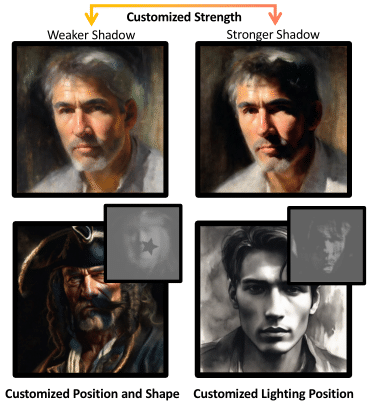
|
Parametric Shadow Control for Portrait Generation in Text-to-Image Diffusion ModelsHaoming Cai, Tsung-Wei Huang, Shiv Gehlot, Brandon Y. Feng, Sachin Sha, Guan-Ming Su, Christopher Metzler arxiv/ website / |

|
Flash-Split: 2D Reflection Removal with Flash Cues and Latent SeparationTianfu Wang*, Mingyang Xie*, Haoming Cai, Sachin Shah, Christopher Metzler arxiv/ |
Repurposing Pre-trained Video Diffusion Models for Event-based Video InterpolationJingxi Chen, Brandon Y. Feng, Haoming Cai, Tianfu Wang, Levi Burner, Dehao Yuan, Cornelia Fermuller, Christopher Metzler, Yiannis Aloimonos arxiv/ website / |
|
|
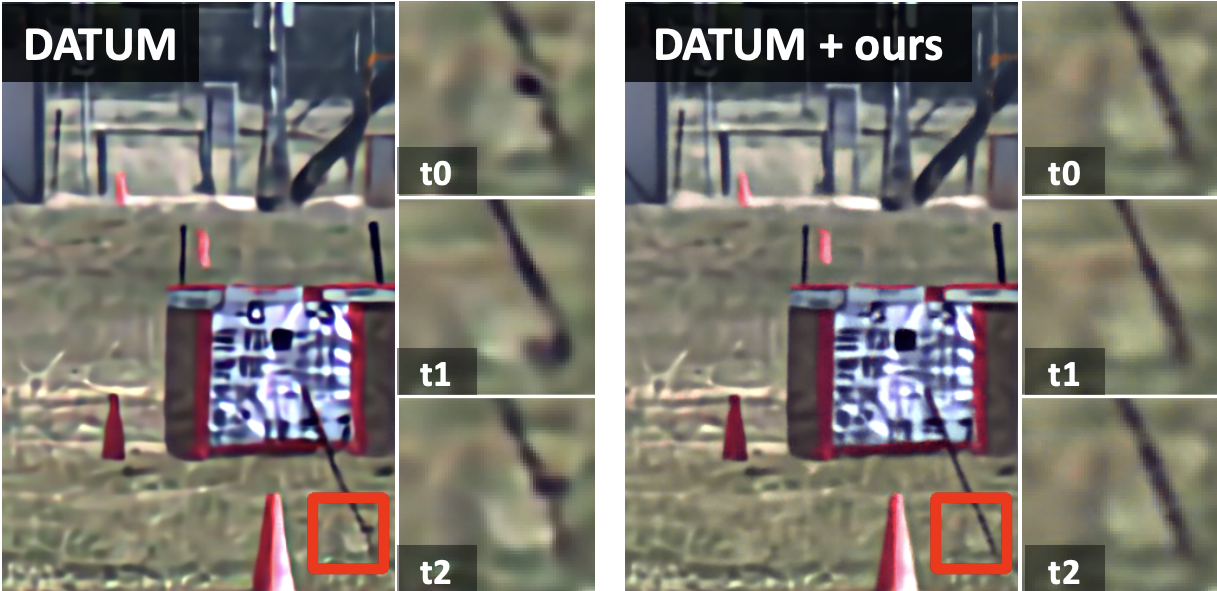
|
Temporally Consistent Atmospheric Turbulence Mitigation with Neural RepresentationsHaoming Cai*, Jingxi Chen*, Brandon Y. Feng, Weiyun Jiang, Mingyang Xie, Kevin Zhang, Cornelia Fermuller, Yiannis Aloimonos, Ashok Veeraraghavan, Christopher Metzler. |

|
Flash-Splat: 3D Reflection Removal with Flash Cues and Gaussian SplatsHaoming Cai*, Mingyang Xie*, Sachin Shah, Yiran Xu, Brandon Y. Feng, Jia-bin Huang, Christopher Metzler website / |
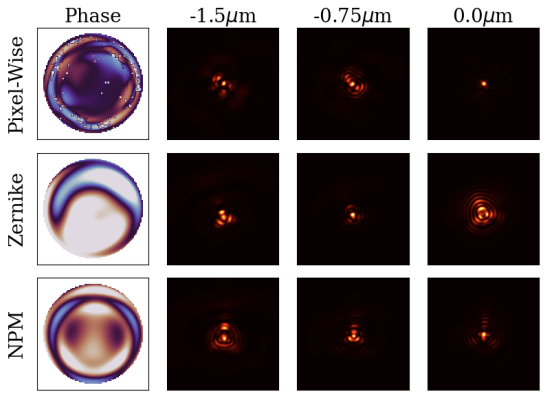
|
CodedEvents: Optimal Point-Spread-Function Engineering for 3D-Tracking with Event CamerasSachin Shah, Matthew Albert Chan, Haoming Cai, Jingxi Chen, Sakshum Kulshrestha, Chahat Deep Singh, Yiannis Aloimonos, Christopher Metzler. This paper explores PSF engineering for neuromorphic event cameras, designing optimized masks for superior 3D point localization and tracking. |
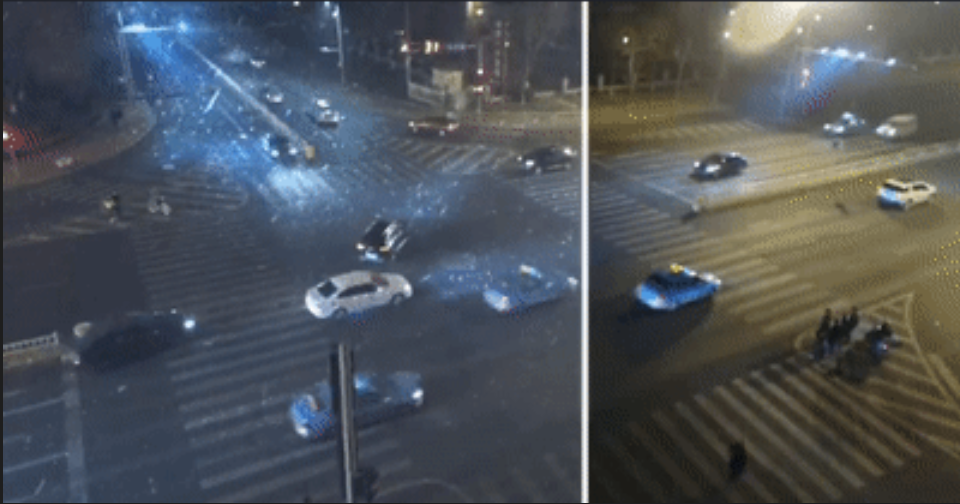
|
Snow Removal in Video: A New Dataset and A Novel MethodHaoyu Chen, Jingjing Ren, Jinjin Gu, Hongtao Wu, Xuequan Lu, Haoming Cai, Lei Zhu arxiv/ code / website / This paper presents a new deep learning framework for removing snow from videos, featuring a high-quality dataset and innovative modules for effective snow removal, outperforming existing methods. |
|
|
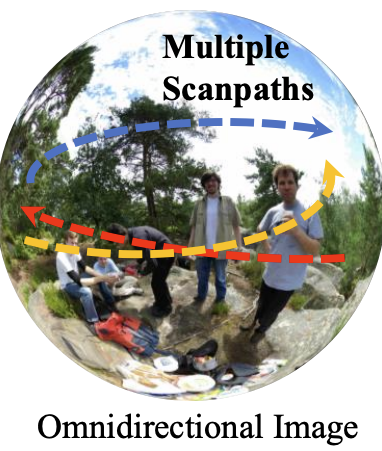
|
Assessor360: Multi-sequence Network for Blind Omnidirectional Image Quality AssessmentTianhe Wu, Shuwei Shi, Haoming Cai , Mingdeng Cao, Jing Xiao, Yinqiang Zheng, Yujiu Yang arxiv/ code / website / Current omnidirectional image quality assessment lacks observer browsing modeling. We propose Assessor360, a novel multi-sequence network for BOIQA derived from realistic multi-assessor ODI quality assessment |
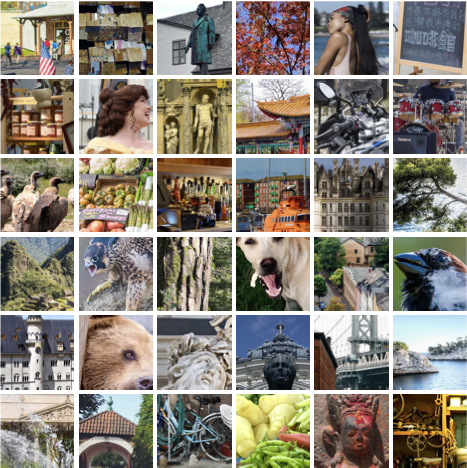
|
Pipal: a large-scale image quality assessment dataset for perceptual image restorationJinjin Gu, Haoming Cai, Haoyu Chen, Xiaoxing Ye, Jimmy S Ren, Chao Dong. arxiv/ website / This paper highlights the challenge IQA faces with emerging GAN-based image restoration methods, noting a growing disparity between quantitative metrics and perceptual quality. To address this, the authors introduce a large-scale IQA dataset and benchmarks to enhance IQA methods’ effectiveness. |
|
|

|
Super-resolution by predicting offsets: An ultra-efficient super-resolution network for rasterized imagesJinjin Gu, Haoming Cai, Chenyu Dong, Ruofan Zhang, Yulun Zhang, Wenming Yang, Chun Yuan. arxiv/ code / SRPO is a real-time super-resolution method for computer graphics, achieving superior visual effects with minimal computational cost by leveraging rasterized image features and offset prediction. |
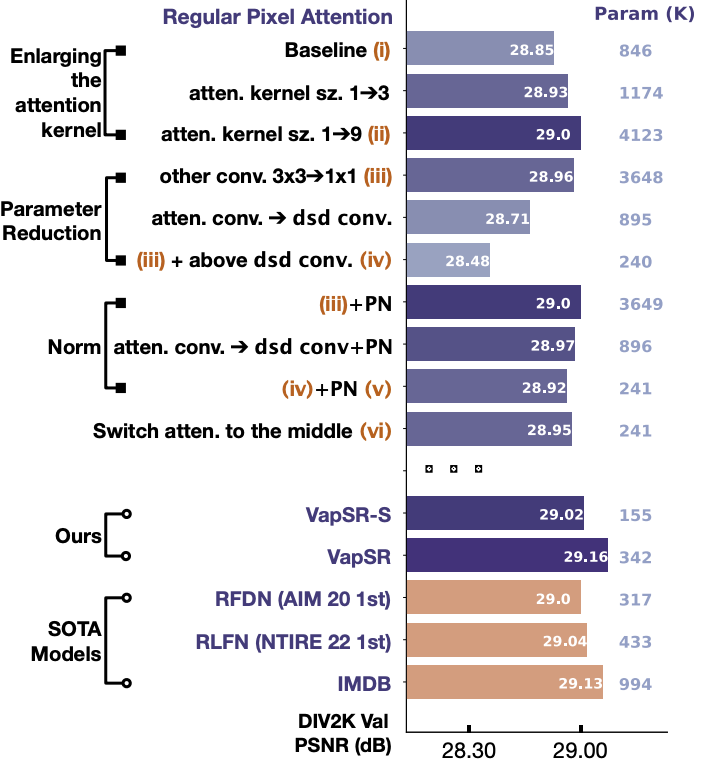
|
Efficient image super-resolution using vast-receptive-field attentionHaoming Cai*, Lin Zhou*, Jinjin Gu, Zheyuan Li, Yingqi Liu, Xiangyu Chen, Yu Qiao, Chao . arxiv/ code / This study improves super-resolution networks by refining the attention mechanism, leading to VapSR, which outperforms lightweight networks with fewer parameters, achieving similar results as IMDB and RFDN networks with significantly fewer parameters. |
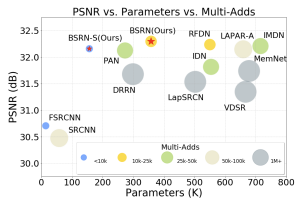
|
Blueprint separable residual network for efficient image super-resolutionZheyuan Li, Yingqi Liu, Xiangyu Chen, Haoming Cai, Jinjin Gu, Yu Qiao, Chao Dong. arxiv/ code / Winner of Efficient Image Super-Resolution Track @ New Trends in Image Restoration and Enhancement (NTIRE) workshop of CVPR’23 |

|
Toward interactive modulation for photo-realistic image restorationHaoming Cai, Jingwen He, Yu Qiao, Chao Dong. arxiv/ code / This paper presents CUGAN, a Controllable Unet GAN, for modulating image restoration tasks with fine texture details. Through dynamic level adjustments and condition networks, CUGAN outperforms previous methods, offering smooth user control over output effects. |
|
Design and source code from Jon Barron's website |